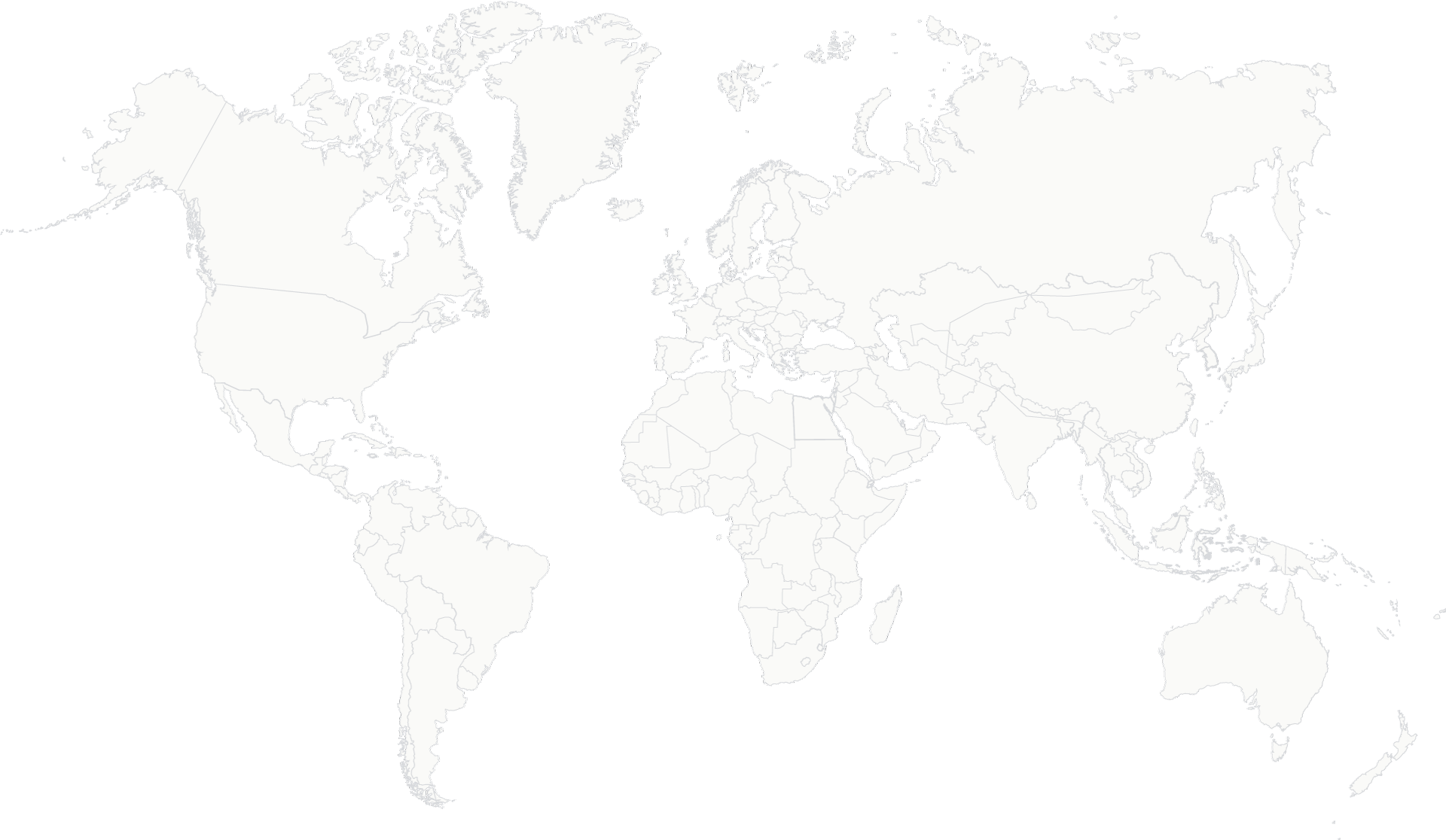HOW DOES AN INTERNATIONAL MONEY TRANSFER TAKE PLACE?
International Money transfers can be set up in three different ways; by transferring at the current exchange rate, or by using a forward contract or limit order.
Choosing the best options depends on the type of transaction, your personal and financial circumstances and the current exchange rate at the time of the transfer.
Option 1 – Transferring at the current exchange rate
Also known as a ‘spot deal’, a transfer at the current exchange rate allows you to send your funds immediately. The deal will be calculated based on the rate of exchange on the date of your transfer. This is the quickest, and most frequently used, method of transferring funds internationally. However, you need to be aware of the current exchange rate – if it’s unusually high and unlikely to decrease, it may be worth considering other options as they could be more cost-effective.
Option 2 – Forward contract
A forward contract allows you to fix an exchange rate and then complete your transaction on a specific, future date. Deadlines can vary but typically transactions can be made up to 12 months after you agree your fixed rate.
While a forward contract ensures that your transfer isn’t at the mercy of an unexpected fluctuation in exchange rates, transaction fees are generally much higher than you’ll find with a spot deal. Therefore, it’s important to be aware of all of the fees; they will be listed in your forward contract.
Option 3 – Limit order
For sending large sums of money, a limit order may be the most sensible solution. As with a forward contract, it can mean a significant transaction fee, but does allow you to pre-define your preferred exchange rate. Once that exchange rate is reached, your funds will be transferred.
You can set expiry dates, meaning that if the exchange rate fails to reach your preferred rate, your transfer can be cancelled. Expiry dates can be set up to 12 months from the date the limit order is set up.
It’s worth bearing in mind that limit orders typically have a minimum transaction figure so you should only consider using this option if you are sending a substantial amount internationally.
HOW MUCH DO INTERNATIONAL MONEY TRANSFERS COST?
International money transfers can differ in costs considerably, depending on which company you choose to deal with. Two fees that you should always review are:
- Transfer fees – the management cost that the company will be charging you to handle and transfer your funds. These fees can vary significantly depending on multiple factors including the amount you are transferring and the method you choose to carry out the transaction.
- Exchange rates – which define the value of your funds in another currency. They can vary significantly over time and can be influenced by a range of economic and socio-political events.
HELP WITH INTERNATIONAL MONEY TRANSFERS
If you are sending money overseas, whilst The Fry Group are unable to offer an exchange service for money transfer, many of our clients have used the service of Smart Currency. There is no commercial relationship between The Fry Group and Smart Currency and any arrangement established with Smart Currency is between you and them and separate from any service agreement you may have with The Fry Group.
NEXT STEPS
If you want to know more about the services offered by Smart Currency, you can access their website below. Please note that this is not a recommendation of Smart Currency services, and you are not under any obligation to take up any of the services offered. Other money transfer service operators are available.






